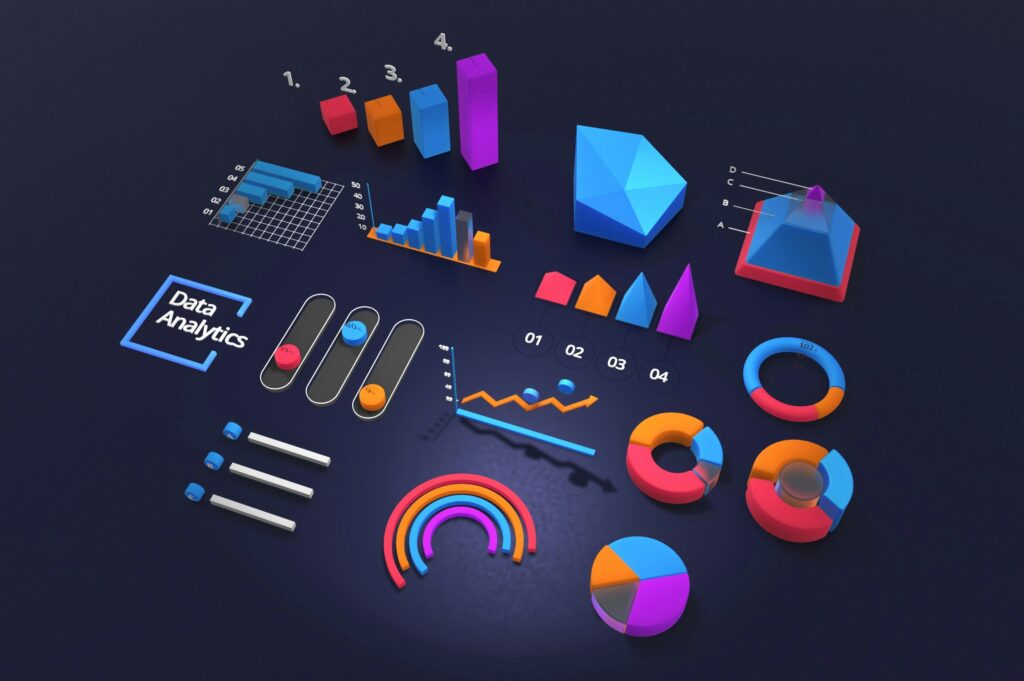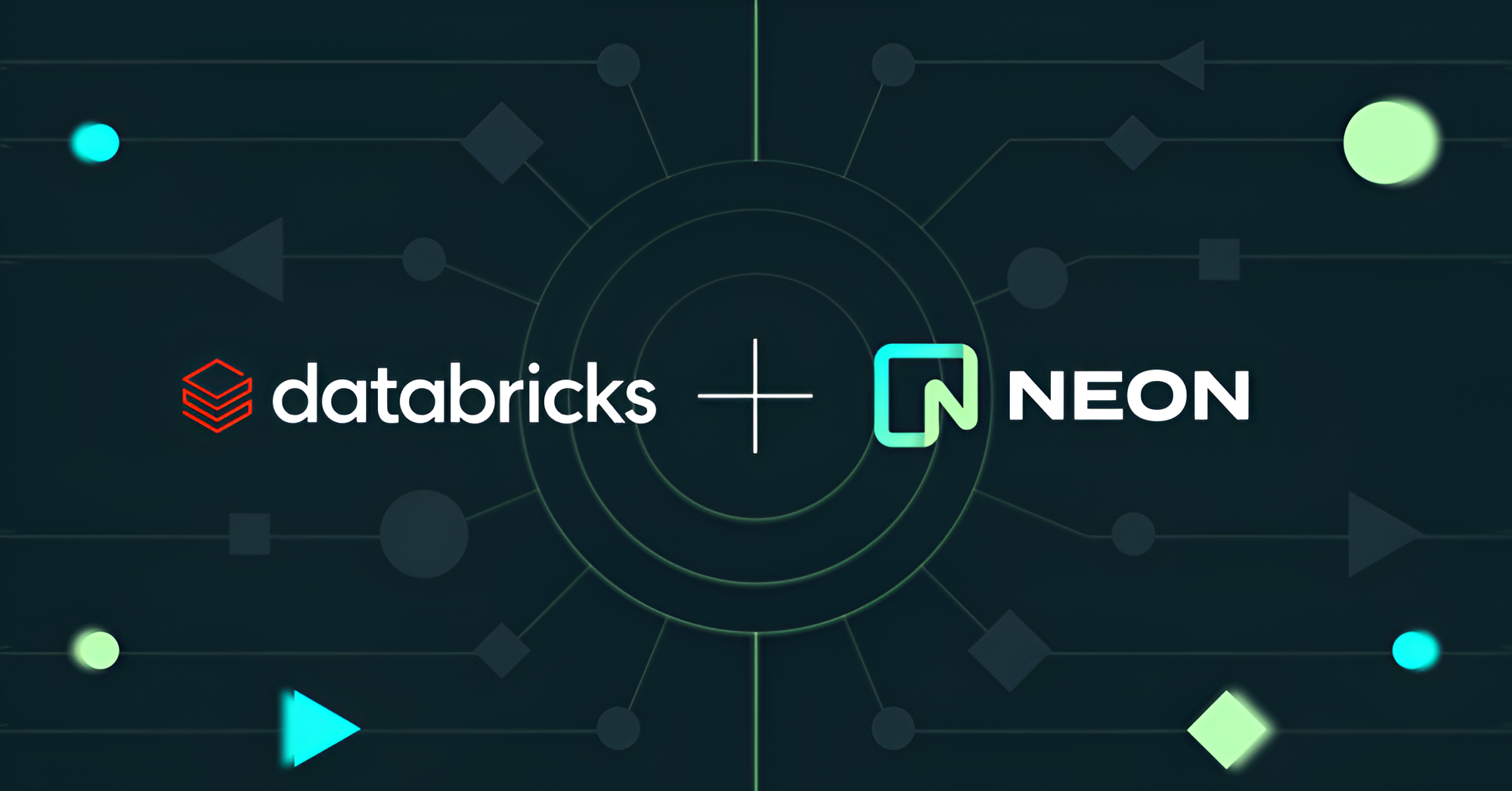When the chief data officer works at a data company

When your company’s primary business involves storing and managing data, and your customers include 751 of the Forbes Global 2000, it puts a lot of pressure on you to understand how to maximize the use of your platform and put data to work inside your organization.
That’s the challenge that Snowflake’s chief data and analytics officer Anahita Tafvizi faces on a daily basis. It makes her see her job a little bit differently than your typical CDO would. Most data executives are concerned with enabling internal decisions and operations with data. But given her company’s products are so data-focused, she describes her job a bit differently.
Much like her colleague, head of AI Baris Gultekin, whom we profiled in March, she considers her role as customer zero, meaning as a person deeply immersed in data, it’s her job to make sure the platform is doing the job as expected. “At Snowflake, being the head of data for a data company has the increased privilege and challenge of being the first customer of our own products,” Tafvizi told FastForward.
That means she’s working closely with Gultekin’s team as they create the products that eventually reach customers. “I often joke with him that I'm going to be your hardest customer. So if you pass me, you'll have an easy time with the customers,” she said.
This unique "customer zero" role makes Tafvizi a proxy for her counterparts at other companies. She’s not only intimately familiar with Snowflake’s products, she lives and breathes the same requirements as other data leaders. But her job involves more than just product testing; it requires crafting a comprehensive internal strategy for data, governance and the emerging role of AI.
Putting data to work
Regardless of where you work, data is only valuable if you are able to put it to work to help the business units make better decisions. You can have all the data in the world, but the challenge is getting the right data in front of the right employees at the exact moment they need it.

Tafvizi says that part of her job involves organizing the data in a way to make it more accessible to end users, who might not have her data skills. The first thing she had to decide was whether she wanted to build a centralized, decentralized or federated data system. In the first, a single organization is responsible for the data, in the second the business units each are responsible for their own data and in a federated approach, it is a hybrid of the other two.
She sees pros and cons to each, but favors a hybrid approach. “The way we have done it is centralized, but embedded, because you want the individuals from the team to be very close to the business and to align their priorities with the business,” she said. But at the same time, you need a consistent structure and foundation around security, governance and compliance that applies to everyone and those kinds of decisions need to be centralized in her view. As we shall see, that includes AI, which requires this structure even more than humans.
Data’s role in AI
The quality of AI responses and actions is directly related to the quality of the data that underlie these tools. It’s one of the reasons why Tafvizi works so closely with Gultekin. “There's no AI strategy without a data strategy. At the end of the day, your system involves an input and an output. If your input is not good, you're not going to get good output out of it,” she said, the classic garbage in-garbage out scenario.
She says that building good AI tools is about “first building the right gold layer of data and making sure that you have the right documentation and the right definitions aligned across the organization,” she said. “This is very important because if you couldn't train a human on [the data set], how could you train AI on it?” The gold layer refers to data that has been fully optimized and is ready to be used in business analytics use cases like dashboards.
In a recent internal example, her team helped build a go-to-market AI assistant using Snowflake Intelligence that went into beta in August. It’s designed to help the sales team find all the information it needs, including both structured and unstructured data, from a centralized conversational interface. Prior to building the agent, the team had to search across a variety of repositories to find the information, so this has the potential to streamline information gathering. “Now they go there, ask a question in plain, natural language and get the answer,” she said.
There's no AI strategy without a data strategy. At the end of the day, your system involves an input and an output. If your input is not good, you're not going to get good output out of it.
They can’t build everything though, so they sometimes look to startups to help, especially in cases where they have a unique offering. “There are a lot of times that it doesn't make sense for us to build it internally when someone else has built it, and it's their core competency,” Tafvizi said. In those cases, it’s easier to go to a vendor, whether they are a startup or established company. Regardless, she works with founders to understand their innovation, their technology and to see if their offering is useful for her company.
What this all means is that Tafvizi's role is really two jobs in one. She's not just building a data-driven organization for her company; she's pressure-testing the very products her company sells. This requires creating a solid internal data foundation that serves both as the engine for Snowflake's own AI ambitions and as a real-world model for its customers.
“My mission, I'd say, is to build the most AI-enabled organization for Snowflake, and that doesn't always mean building it internally,” she said.
Featured photo courtesy of Snowflake.





